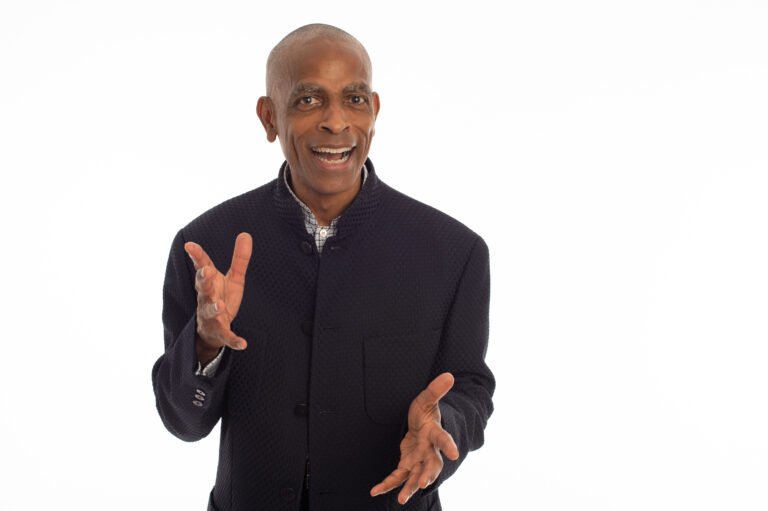What began in June of 2009 when I accepted the role as Skating Director of an organization was the start of building a legacy. While it was not the first thing on my mind, it quickly became a process I mounted when I was charged with increasing the bottom line by 25%. This was not an easy thing given the challenges that faced the company.
There were disgruntled coaches whose careers depended on fast change in how the organization was run. There were parents who were slowly giving up because of the lack of direction for their young athletes who depended on the facility for training hours that had dwindled over the years previous to my taking the lead. There also existed a skating club that lacked support and whose officers were exasperated with how the facility had lost its once glorious renown in the sport of figure skating history. Then there was me who was struggling trying to make ends meet after the financial meltdown of 2008 when the bottom fell out of the housing market impacting me directly.
Taking on this role provided me with a chance to financially recover while putting my training and belief in leadership to the test. I realized from the start that in order to turn the facility around, the support of everyone on staff was essential. So I began by scheduling a meeting with the coaching staff to brainstorm what was missing in their opinion and what commitments they were willing to make to change the frame from failure to success.
Following that meeting I walked away with four flip charts of ideas generated by the coaching staff and my work began. Over the next three years I would make my way through the list of changes that the coaches felt would make the facility viable again for competitive training. I launched a monthly newsletter to keep the staff and patrons abreast of what was happening and what was to come down the pipeline as we determined new programing, competitive pricing, training packages and the growing popularity of a Bridge Program designed to bring emerging talent from our Learn To Skate program from a facility a few miles away to the main training arena where I led the charge.
I thought about where we were headed and from where we began and laid out a plan to begin the journey. I supported coaches anyway that I could imagine. Over time the strategy worked out and we not only ran viable skating programs, we also began to draw some of our once lost customers back to our facility. It was during this time that a dear friend and colleague encouraged me to become Organizational Change Management certified in order to meet the challenge systematically.
At first I had no idea how I was going the change the organization. Yet after the training I received I began to agree with the notion that I knew more about Change Management than I ever imagined. In fact, I discovered I’d been doing Change Management for years in my various roles on skating club boards from directorships to the presidential level of leadership. Now I had the methodology and the education to approaching it more systematically.
By the end of my three year term, I had turned the facility around. It was now making money and our new problem was how to manage all the new members, and numerous wants that all factions of the organization brought to my feet. Once the program became profitable once again, I knew it was time to determine my replacement as I quickly approached my departure from the role. During that time I set my sights on who might be my ideal replacement. Once that person was identified, I brought them on as an assistant, showing them what I had created and how. I also began training my future replacement about how to manage the different personalities that required strong leadership to continue moving the needle in further in the direction of profitability and workability.
It was one of the most challenging undertakings I mounted in my life in leadership and it worked. I recall presenting at my last meeting in the role as director. I brought all those flipcharts of ideas from the first meeting I ran as director. We had accomplished all items on the list with the exception of two issues that we could not change. Everyone was pleased, even those who seemed to doubt by ability to make it all work. At the end of the meeting I announced my departure from the role as director when one of the junior coaches exclaimed, “You’re leaving? Now what are we going to do?” My response, “You have all helped to build this program back up to a viable level. I’ve coached many of you on how to optimize your role within the organization. It is now up to you to sustain it and in my place, you now have a new director.”
It was difficult to let go of what we all created together. Yet I knew it was time for me to go and pass the baton to someone else. So I did. Sometime following my departure I received an email from one of my most staunch resisters during my directorship, asking me to please return to my role. I was missed. That was confirmation enough for me that I’d done a good job by the organization and left them with a legacy of what can be done when you are committed.












